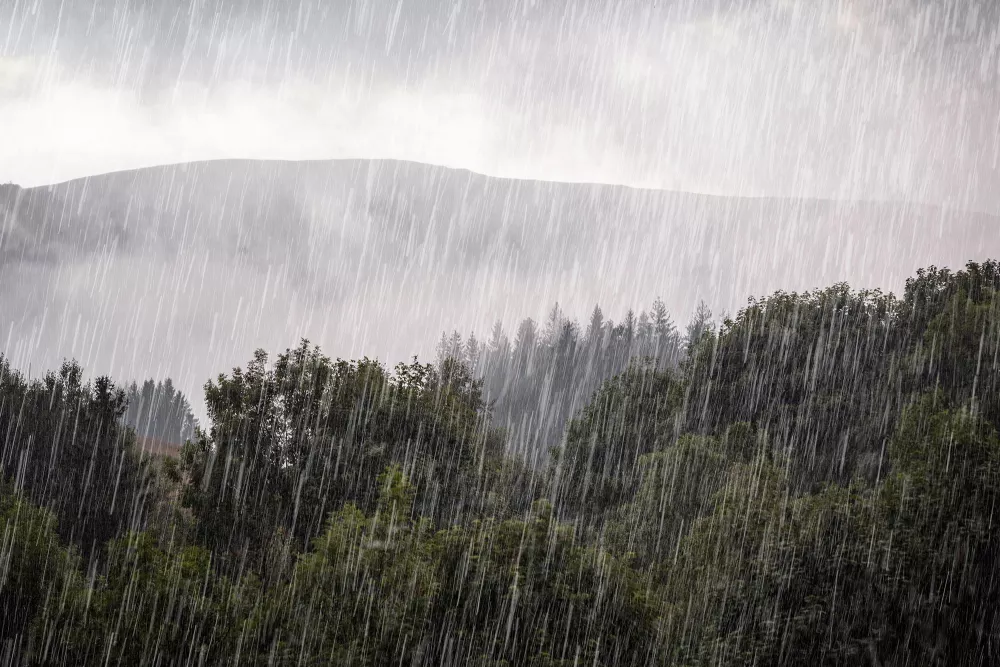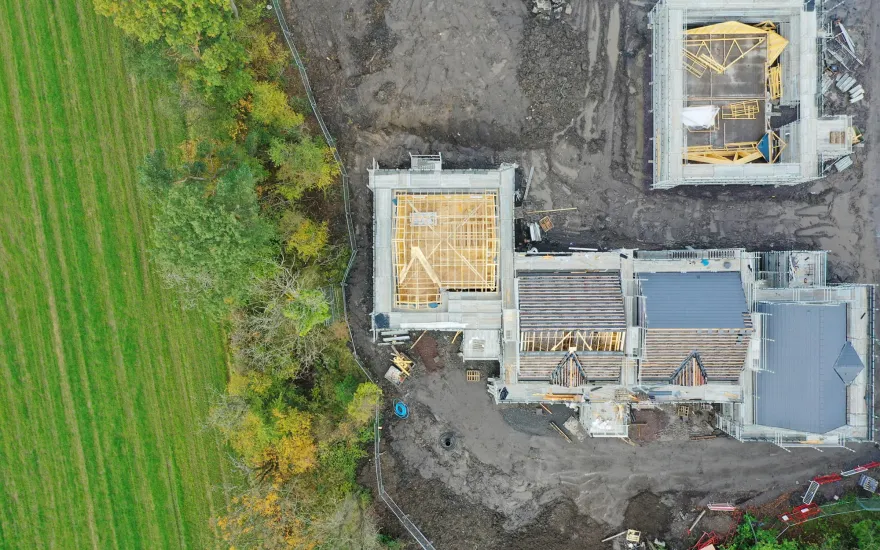How to Make Trees Storm-Resistant
There are some things in life you can’t do anything about, and the weather is one of them. When storms strike — and inevitably they do — trees suffer and can harm people and property. But much of the trouble can be avoided with some preemptive intervention.

Although we cannot prevent storms, there are ways to reduce the destruction they cause.
In this bulletin, we look at some basic principles that can make trees more storm resistant. These guidelines can be applied to trees in the home landscape or to the entire urban forest. Importantly, they can save lives, reduce property damage, and increase services provided by healthy green canopies in our communities. Inaction is a poor option. Making our community trees more Storm-resistant should be a priority for all tree boards, community foresters, and residents with an interest in the future of our urban forests.
One of the more subtle results from storms is that trees are lost and not replaced. As once observed by Charlotte Glen, a horticulture agent for North Carolina Cooperative Extension, “Property owners who have experienced (storm) damage in the past are tempted not to replace fallen trees due to fear that the same thing will happen again in future storms. As a result, tree populations in our coastal communities are dwindling, and we are losing the significant economic and environmental benefits trees bring to these communities.”
This is undoubtedly true even beyond the coast, and the trend needs to be reversed.
In This Bulletin
Here’s what’s inside:
- Trees and the Wind – how the basic elements of good tree care can help
- Ice Storms – what makes some trees more ice-resistant
- Consider Storm-Resistant Trees When Planting – recommended and not recommended species
- What About Salt? – considering sea spray and salt water saturation in coastal areas
- After the Storm – making good decisions about managing damaged trees
